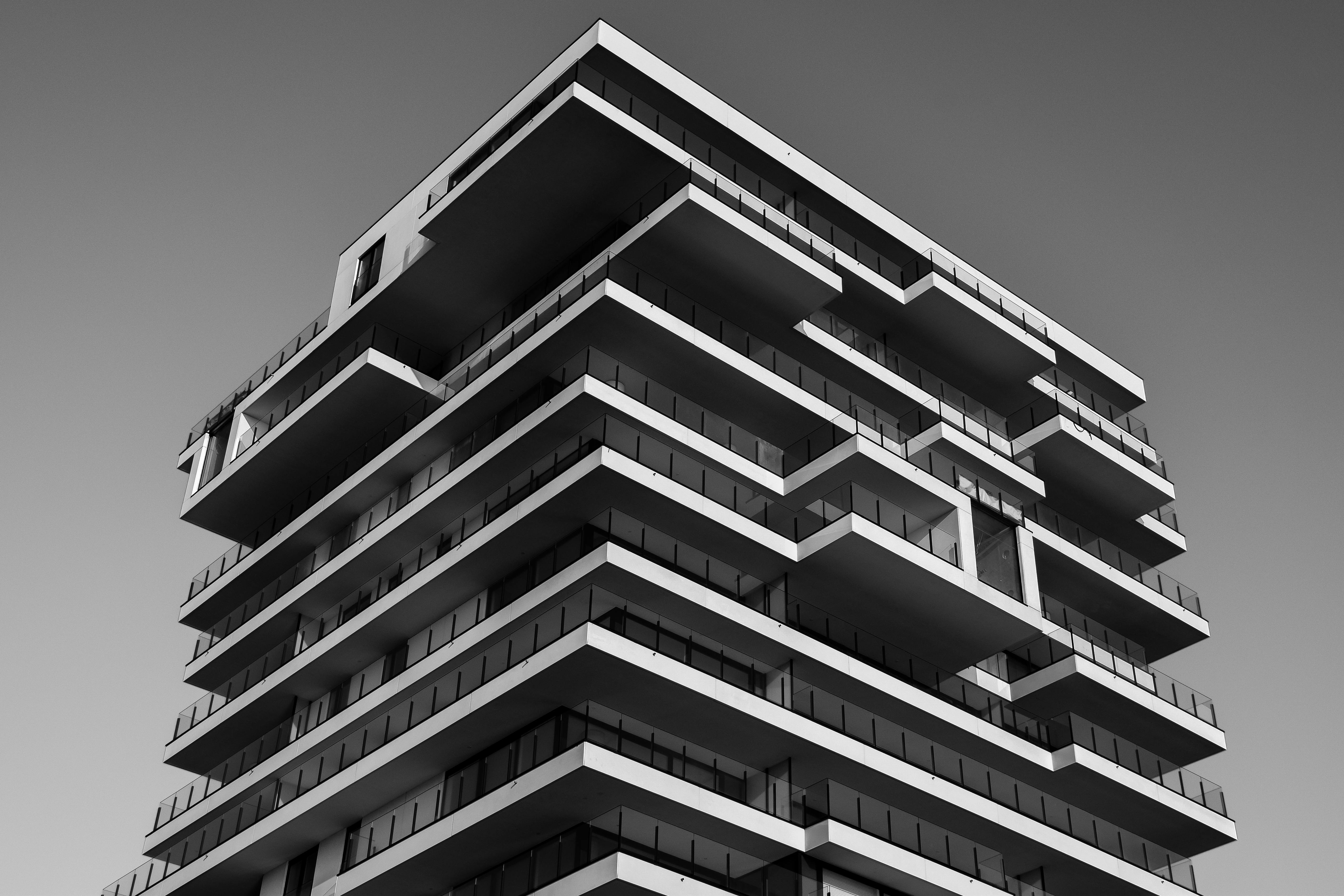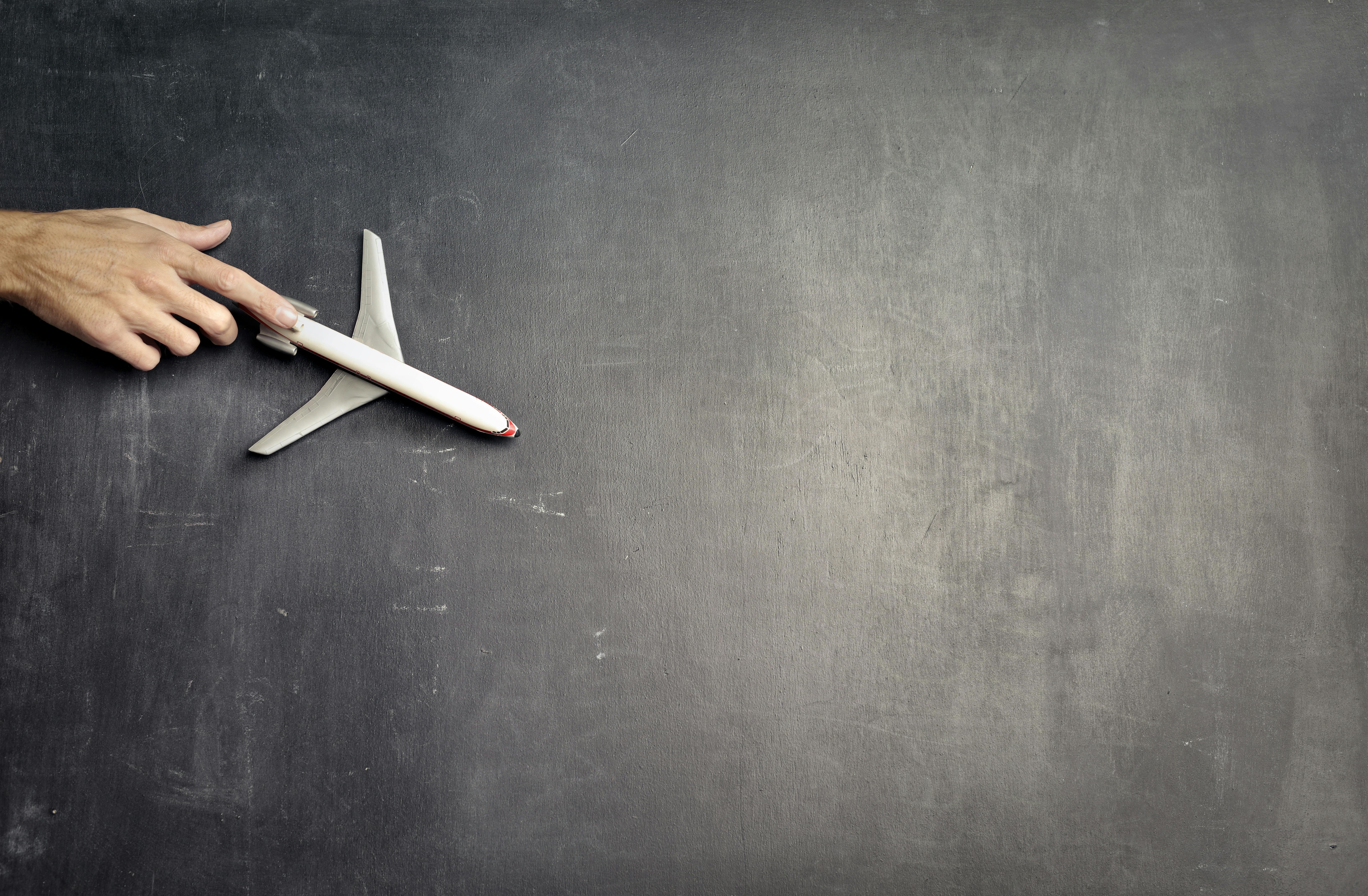
Digital Camera Memory Cards – Oh No, I Have No Place To Store My Photos!
admin
- 0
Before a person buys a camera, it is necessary to fully understand its memory capabilities, since there are many different types; Also, we need to know how much memory is needed and what is best for that particular camera. Digital camera memory is extremely essential, yet it is overlooked most of the time when consumers shop.
The most common form of such memory is a memory card. Each memory card has a fixed capacity and can store a certain number of pixels. After that, the memory card must be cleaned, that is, the photographer must delete the images to create space for new photos. The camera’s memory is considered its key component, as it works as a temporary receptacle for pictures that are taken with a camera.
When you first buy your camera, it comes with extremely low capacity memory cards, so you immediately need to buy one or two larger capacity cards. After the shoot, the photographer can transfer or download the images to a computer or laptop and delete the images from the camera’s memory. The memory can then be used to store new photos, which is a useful and convenient feature of a memory card, making it invaluable for all levels of photographers.
There is no “fixed number” of images or photos that can be placed on any of the memory cards; a lot of things will influence that number, like different file types, the amount of compression used, and basically what the image is about. Probably the best thing to do is check the card manufacturer’s site for reference points and advice.
Some photographers suggest one or two 256 megabyte compact cards if your camera is a 3-5 megapixel compact digital camera. Of course, if the shots are high-resolution TIFF or RAW files, the cards should be 512 megabyte or even a gigabyte card.
However, higher capacity memory cards become necessary as the number of megapixels (resolution) of the camera increases. Some of the small size cards have a memory capacity of 64 MB and are not suitable enough to store many high-resolution images. To take such images, photographers must use memory cards of 1 GB capacity or more.
If someone has worked a lot with computers or cameras, the fact that any file can be damaged, lost or stolen should not surprise you. Memory cards for cameras are certainly no different, so always make a backup copy or two to other cards while shooting. The valuable data in the photos would make this a significant step compared to losing them completely.
The type of digital camera and the amount of stored images it can handle have a lot to do with each other. Depending on the type of digital camera desired and the number of images to be stored, digital camera memory can be available in many different shapes and configurations – memory cards are entirely dependent on the requirements of the digital camera.
For example, a type 1 compact flash digital camera memory needs to be used for a camera that uses type 1 compact flash. For tough and extremely physical work, small and inexpensive digital camera flash memory is best suited. Most memory cards come in sizes of 64 MB, 128 MB, 256 MB, 512 MB, and 1 GB capacity.
Photographers can optimize the use of memory cards by using the JPEG format to store photos, as they take up less space but are not as versatile as RAW formats, which take up more space. Also, this can allow them to save more photos, which also leads to a loss of image quality.
To be on the safer side, one should buy either one 256MB or two 128MB memory cards. This will likely provide enough memory space to meet your photo shoot requirements. But more is always better, especially when we are shopping for memory cards.

